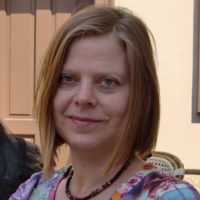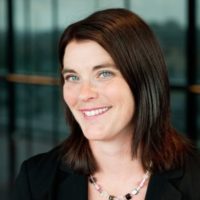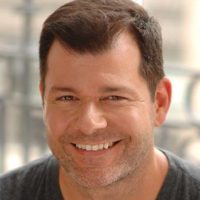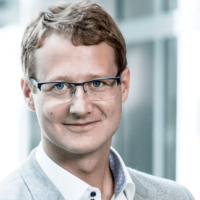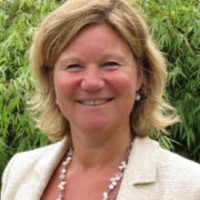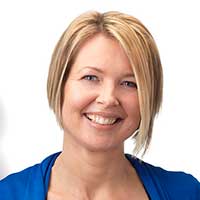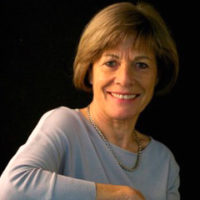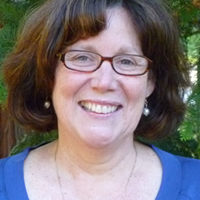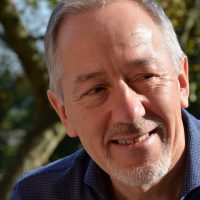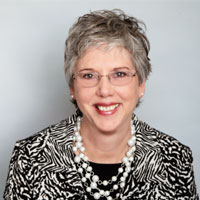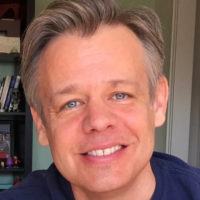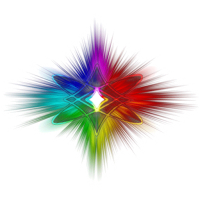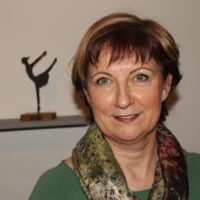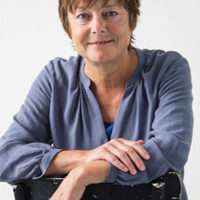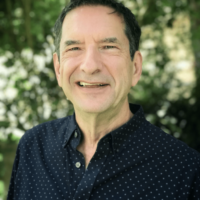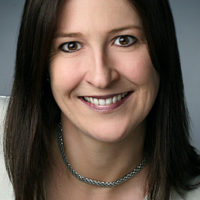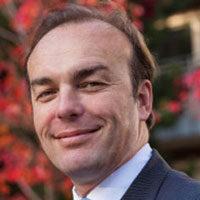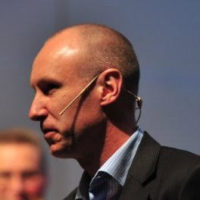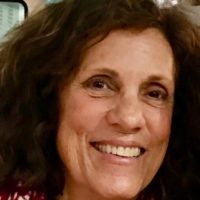Recently I attended a launch event in Boston for a friend’s new book. While waiting for her talk to begin, I struck up a conversation with the man sitting beside me. Rick and I were of similar age and easily began talking about our work and our passions. He works with environmental issues at a high level and was about to fly to California the next day to visit the current wildfire sites.
As we talked back and forth about what matters to us and the approaches we take in our work, Rick very politely said, “I don’t mean to be judgmental, but how can focusing on presence make any difference when we are in a climate crisis?”
He continued, “Bottom line, this crisis has become all about fire and water. It’s either too hot, too dry, and places are burning up, or rain is pouring and creating epic flooding. California is fast becoming uninhabitable – you can’t breathe the air because of the fires. And there’s no water. Then rain finally comes, and because there are no more trees on the hillsides, those who survive the fires are devastated by mudslides. In the east, on the other hand, it’s all about water—too much water or not enough. Everything comes in extremes.”
You could feel Rick’s passion. “We are careening towards an apocalypse. We have 12 years to turn this crisis around. There is no time to pause, step back, and ask, ‘What wants to happen?’ or ‘What’s trying to get our attention?’ The message is clear. We have to act now. We have to act yesterday. We no longer have the luxury of reflection and consideration. We have to move really fast. So with all due respect, how can your approach help right now?”
I loved how this conversation was unfolding. Unfortunately, Rick and I didn’t have time to explore much further because my friend’s talk was about to begin. However, his comments drove home the urgency of our times and brought more clarity for me about how Transformational Presence canbe very impactful in crisis situations.
Crisis situations demand TransformAction – transformation in action – the ability to read the situation quickly, take in as much information as possible in that moment, instantly identify a next step, and immediately take that step – all at the same time.
It’s not about finding the solution or knowing “how” – there’s no time for that. It’s just about finding the next step. In TransformAction, awareness and action become one gesture. It’s an essential skill when situations become urgent or erupt into crisis. And Transformational Presence offers simple yet powerful tools to help leaders and teams – indeed, everyone – develop that skill.

In the Transformational Presence Leadership in Action three-day course, we work with Dave Snowden’s Cynefin framework to more fully understand the radically different approaches needed when leading in complexity. Inspired by Snowden’s brilliant, if somewhat heady, model, I created a Transformational Presence adaptation of his framework. The leaders and teams that we have worked with at IKEA and in the TPLA courses find our version of the Cynefin framework easily accessible and powerfully illuminating as they grapple with enormous challenges.
There are four “domains” in Snowden’s framework: Simple, Complicated, Complex, and Chaotic (or Crisis). We begin by mapping out the framework on the floor (see photo below). Then we use different foundational Transformational Presence questions in each domain to take us quickly into the essence of that domain and sense how it relates to the challenges and opportunities at hand. This helps us explore from different fundamental perspectives. Within an hour, the leaders and teams discover transformative insights and clarity about immediate next steps as well as a bigger picture of how to move forward.
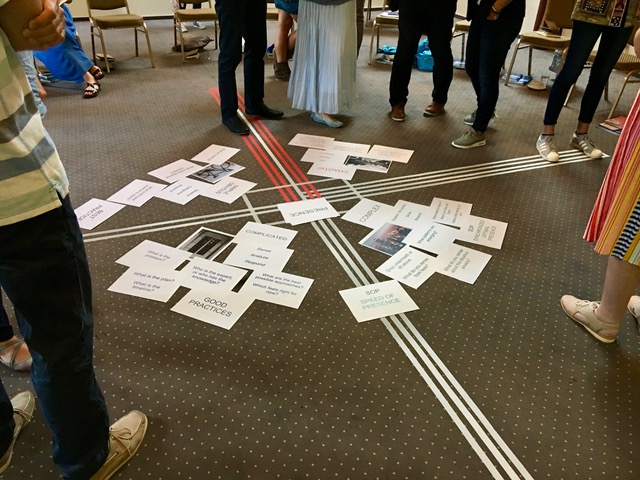
So back to my conversation with Rick at the book talk. He was clearly speaking from the urgency we find in the “Chaotic” or “Crisis” domain.
When reactionary chaos or crisis erupts, the situation is most often volatile and unpredictable; it’s moving incredibly fast; and it feels out of control and unsafe. Indeed, as my seatmate pointed out, in crisis situations, there is no time to think or analyze – no time to consider every angle and talk about possibilities. These moments require fast and decisive action informed by a clear head and well-developed gut instincts.
And this is exactly what masterful Transformational Presence offers. The key to reaching this mastery is practicing, refining, and expanding our Transformational Presence skills and capacities every day, especially when things are going relatively well. Then those skills and capacities are there to serve us when the crisis moment arises. They have become a part of who we are. We use those skills and capacities to navigate life every day. Indeed, Transformational Presence has become a way of living.
In working with the Transformational Presence adaptation of the Cynefin framework, Trace Hobson and I discovered a new and expanded perspective on the concept of “Standard Operating Procedures” (commonly known in business parlance as SOPs). Standard Operating Procedures work really well in the Simple and Complicated domains of the Cynefin framework. It’s all about analyzing and figuring things out, and then applying the appropriate standard “fix” to solve the problem.
However, as soon as we cross over into the “Complex” domain, analyzing and figuring things out doesn’t work any more. Presence and intuitive awareness is now critical – paying attention with all of our inner and outer senses.
Trace recognized that there was an optimal speed of awareness, movement, and action that allows us to pay attention with all of our senses. He named this optimal way of being the “Speed of Presence”.
Together, we recognized Speed of Presence as the next evolution of Standard Operating Procedures needed for working in complexity. As we kept playing with the concept, we discovered that by “slowing down to the Speed of Presence,” sensing the messages that were there for us, and responding to those messages, shifts started to happen.
Yet there was more. As we put this into practice, we began finding our way into what Trace and I have now named “Synchronized Optimal Presence” – intuitively sensing exactly the channel of awareness, the speed of movement, and the appropriate response or action that the situation needs from us in that moment.
Living and leading in Synchronized Optimal Presence is essential when navigating complexity, and critical when crisis erupts. By stepping back and slowing down, even for a moment, to observe on as many levels as possible, we develop our capacities for sensing what is happening at the core of the situation, identifying what is trying to break open or shift, and intuiting the immediate next step to move towards that shift.
A New Perspective on SOPs
Standard Operating Procedures
↓
Speed of Presence
↓
Synchronized Optimal Presence
Transformational Presence is so much more than just how you show up. It’s about your skills and capacities for “reading” what is happening in the moment and respond in the best possible way. It’s about creating the best possible conditions for the greatest potential to emerge. It’s about your ability to sense the big picture view and the details at the same time. It’s about your capacity for Synchronized Optimal Presence. It’s about TransformAction.
Although Rick and I were not able to complete our conversation, I’m very grateful for his question. Our brief encounter inspired this article and sparked me to articulate clearly how Transformational Presence can be the key to fast, impactful and effective action when there is no time to think.
~ ~ ~
If you enjoyed this blog post and found it helpful or inspiring, please share it with your friends on social media by clicking on the icons below. You are also welcome to make a comment below.
You may subscribe to our free weekly newsletter by clicking here.
Related Blog Posts:
- Unleash, Focus, Align – The Power of the Heart in Action
- Transformational Presence in a VUCA World
- Holding Fast to Love – Being a Transformational Presence in Disruptive Times


